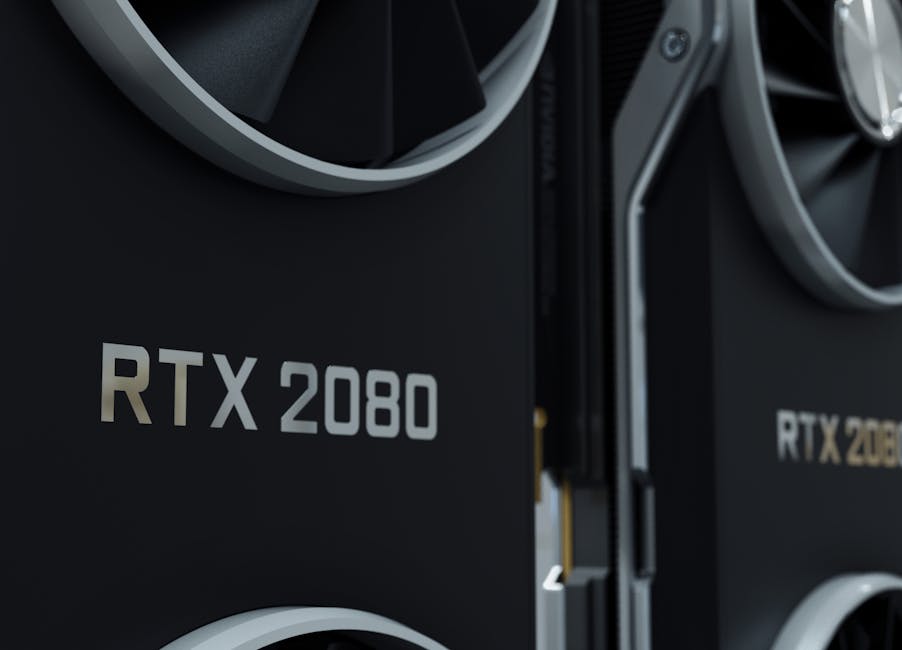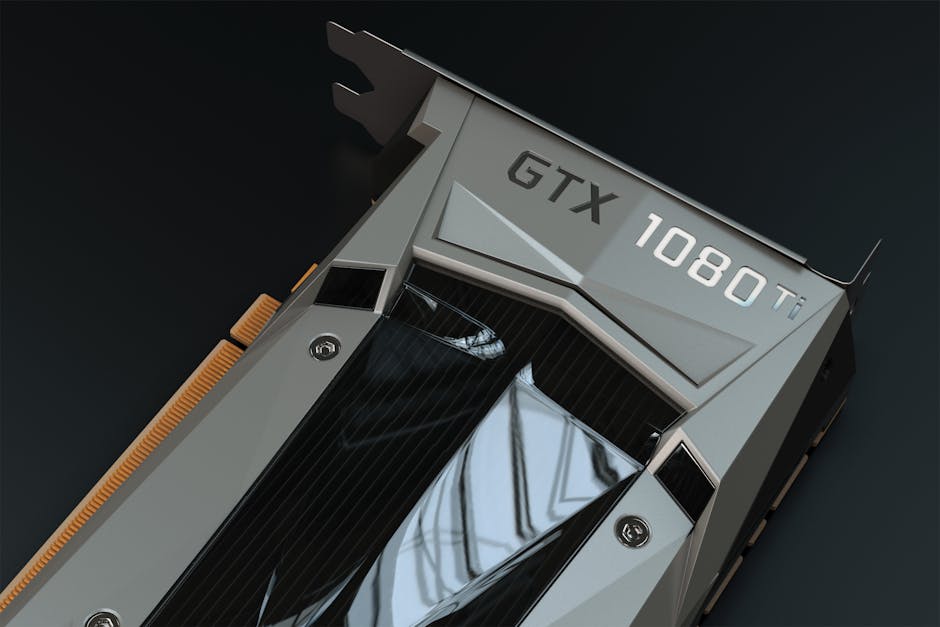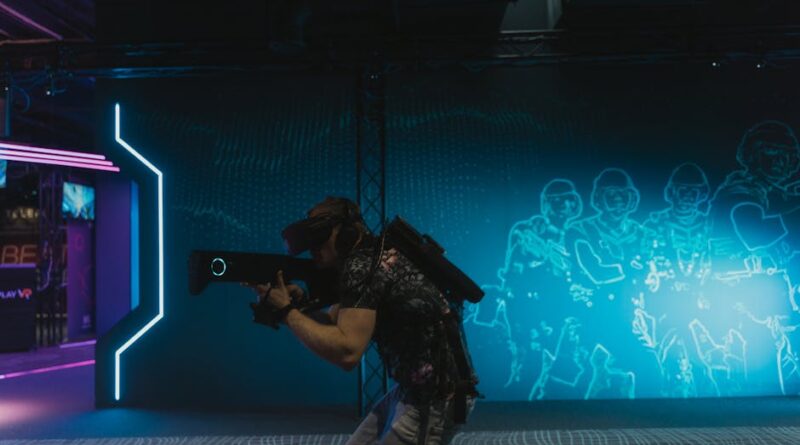The Evolution of Game Graphics Technology
Have you ever wondered how video game graphics got so good? From the blocky pixels of early arcade games to todays stunning virtual worlds, the journey has been nothing short of incredible. Lets dive into the evolution of game graphics technology and explore how it transformed the way we play.
What Are Game Graphics?

At it’s core, game graphics refer to the images and visual elements in video games. This includes everything from characters and environments to special effects. Good graphics can make a game more immersive and exciting, pulling players into it’s world.
Think of it this way: imagine watching a movie. The quality of the visuals can either enhance your experience or detract from it. The same goes for video games. High-quality graphics can make a game feel real, while poor graphics might leave you feeling disconnected and uninspired.
How Did It All Start?

Game graphics have come a long way since the 1970s. The first popular video game, Pong, featured simple black-and-white graphics. Players controlled a paddle to hit a ball back and forth. It was fun, but not visually impressive.
As technology improved, so did graphics. The introduction of color in the 1980s changed everything. Games like Pac-Man brought vibrant visuals to the forefront. Players were no longer just interacting with boxes; they were engaging with colorful characters and worlds.
what’s Next? The 3D Revolution

The 1990s marked a significant turning point in game graphics with the rise of 3D technology. Instead of flat images, games began to use polygons to create three-dimensional environments. This shift allowed for greater depth and realism.
One of the first fully 3D games was Wolfenstein 3D in 1992. It took players through a maze filled with enemies, all in a three-dimensional space. This was a groundbreaking achievement and set the stage for future titles.
How Has Graphics Technology Advanced?

As technology progressed, so did the capabilities of game graphics. Here are some key advancements:
- Texture Mapping: This technique adds detail to 3D models. Imagine painting a canvas. Texture mapping applies colors and images to surfaces for a more realistic look.
- Lighting Effects: Realistic lighting makes a huge difference. Games now simulate how light interacts with surfaces, creating shadows and highlights that mimic the real world.
- Anti-Aliasing: This reduces the jagged edges that can appear in graphics. it’s like smoothing out the rough edges of a picture for a cleaner look.
- Ray Tracing: This technology simulates how light behaves in a scene, offering stunning visuals. it’s like having a photographer capture every detail in perfect clarity.
What About Mobile Gaming?
Mobile gaming has exploded in popularity over the past decade. This means graphics technology had to adapt. Games on smartphones and tablets now feature impressive visuals that rival traditional consoles.
Take the game Fortnite, for example. it’s available on multiple platforms, including mobile devices. The graphics are vibrant and engaging, proving that you don’t need a powerful console to enjoy beautiful visuals.
How Are Graphics Rendered Today?
Rendering is the process of creating the final image from a 3D model. Today, games use powerful graphics engines like Unreal Engine and Unity. These engines allow developers to create stunning graphics with less effort.
Heres how it works:
- Real-Time Rendering: This means the graphics are generated instantly as you play. Every moment is unique, creating a dynamic experience.
- Pre-rendered Graphics: Some games use pre-rendered images for cutscenes. This allows for higher quality visuals in specific moments, similar to animated movies.
what’s the Future of Game Graphics?
The future of game graphics is bright and full of possibilities. Here are a few trends to watch:
- Virtual Reality (VR): VR immerses players in a digital world like never before. Imagine exploring a fantasy realm as if you were actually there.
- Augmented Reality (AR): AR overlays digital elements onto the real world. Games like Pokmon GO bring characters into your environment, making the experience even more engaging.
- AI and Machine Learning: These technologies can create more realistic animations and environments. Imagine characters that learn and adapt to your play style.
Why Do Graphics Matter?
Graphics play a vital role in the gaming experience. They can enhance storytelling, create emotional connections, and draw players into the game world. High-quality graphics can also attract more players.
According to a survey by the Entertainment Software Association, 54% of gamers said graphics quality is one of the most important factors when choosing a game. that’s a significant number!
Common Misconceptions About Game Graphics
Many people believe that graphics are everything in a game. While good visuals matter, they are just one piece of the puzzle. Gameplay, story, and mechanics are equally important.
Another misconception is that better graphics always mean higher costs for developers. While advanced graphics require more resources, many developers are finding ways to create stunning visuals without breaking the bank.
What Can You Do Now?
The evolution of game graphics technology has made gaming more immersive than ever. So, what can you do as a player?
- Stay Informed: Keep an eye on new graphics technologies and trends.
- Explore Different Genres: Try games with varying graphics styles, from pixel art to realistic 3D.
- Engage with the Community: Join forums or groups to discuss graphics and share your thoughts on what makes a game visually appealing.
As you explore the world of gaming, remember that graphics are just one part of the experience. Enjoy the journey and the stories that unfold in these digital realms!
For more on game design trends, check out this article on Gamasutra.
In conclusion, the evolution of game graphics technology showcases the incredible advances we’ve made in the gaming world. From simple pixels to lifelike environments, each leap forward has shaped how we play and enjoy games today. As technology continues to grow, the possibilities for the future are endless.



